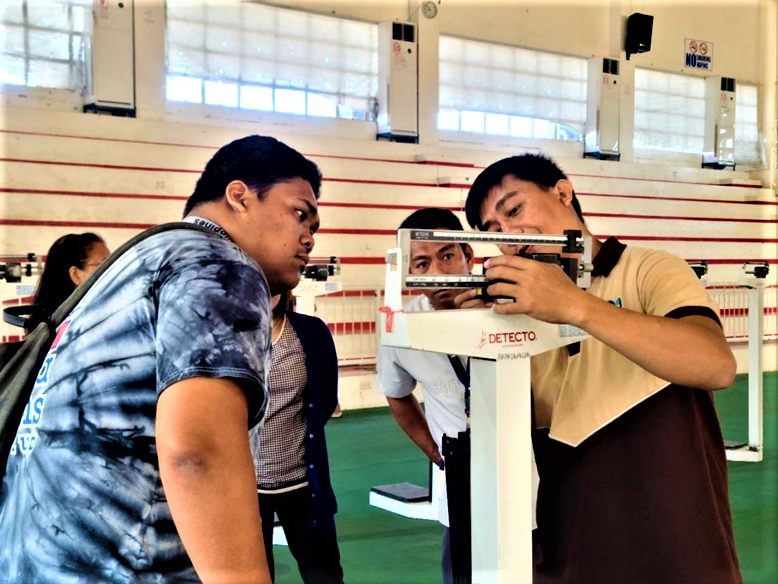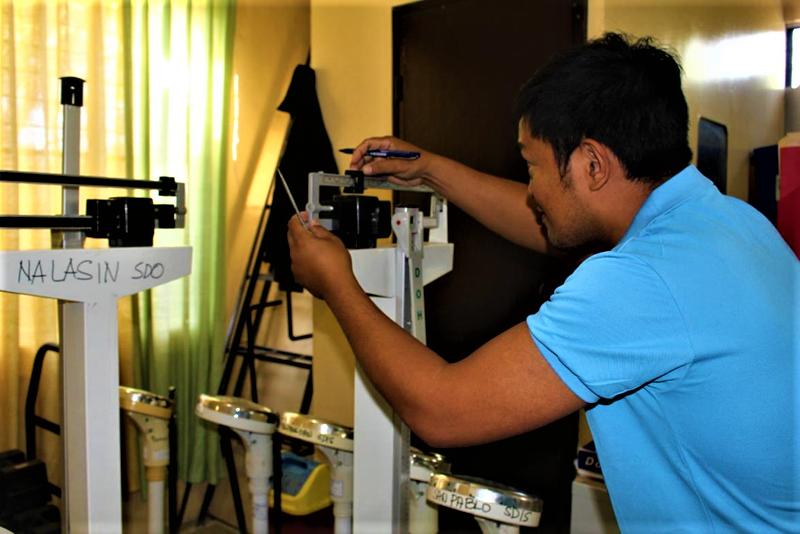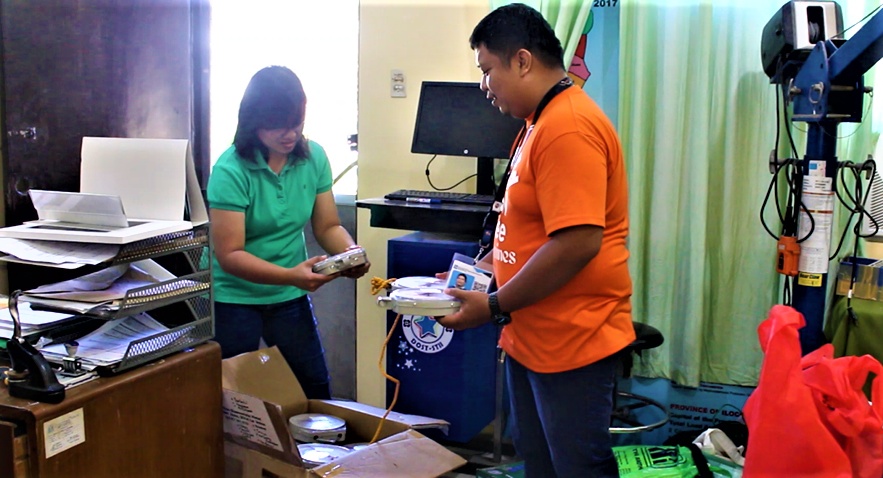
To ensure accurate data on the weight of the residents, the Department of Science and Technology Regional Office I (DOST-I) conducted free calibration services in the provinces of Pangasinan and Ilocos Sur this January 2024.
This is in response to the request of the Provincial Health Offices in mentioned provinces to ensure accurate data collection from the weighing scales utilized in the BHC by the the Barangay Nutrition Scholars, Barangay Health Workers, Barangay Service Population Officers.
From 16-19 January 2024, DOST-I, through its Provincial Science and Technology Office (PSTO) – Pangasinan, calibrated a total of 366 weighing scales in four (4) local government units (LGUs) in the province namely Alaminos City, Burgos, Urdaneta City, and Sison.
Mr. Marlon R. Orpilla, Project Technical Specialist I of DOST 1 – Regional Metrology Laboratory (RML), along with Mr. Julian R. Viray, Project Technical Aide V and Calibration staff of the PSTO – Pangasinan spearheaded the calibration services in Pangasinan.

Meanwhile, for the first district of Ilocos Sur (IS), 207 weighing scales were calibrated by the PSTO-IS on 15 January 2024 while 450 weighing scales were calibrated in the 2nd district of IS from 24-26 January 2024.
Mr. Arthur Aubrey D. Alviar, Science Research Specialist II, and Mr. Roger C. Pido, Science Research Specialist I, of the PSTO-IS served as calibrators certifying weighing scales ready for use.


For his part, PSTO-IS Provincial Director Engr. Jordan L. Abad encourages all the local government units to endorse or submit all weighing scales used by their respective Barangay Health Centers (BHC) for calibration.
Weighing scales calibrated include hanging, bench, and platform types of weighing scales.
This is in line with the yearly Operation Timbang (OPT) Plus by the National Nutrition Council (NNC) which is the annual weighing and height measurement of all preschoolers 0-59 months old or below five years old in a community.
NCC then process the data generated through OPT Plus and generates a list of nutritionally-at-risk cities/municipalities which are disseminated to government and non- government organizations so that these areas are given priority attention in nutrition programming planning and intervention.
This effort aligns with the global commitment to Sustainable Development Goal 3, striving to ensure healthy lives and promote well-being for all Filipinos across all ages. (Reports from Brenn Justin P. Guevarra and Laurine R. Sales, DOST-I)




